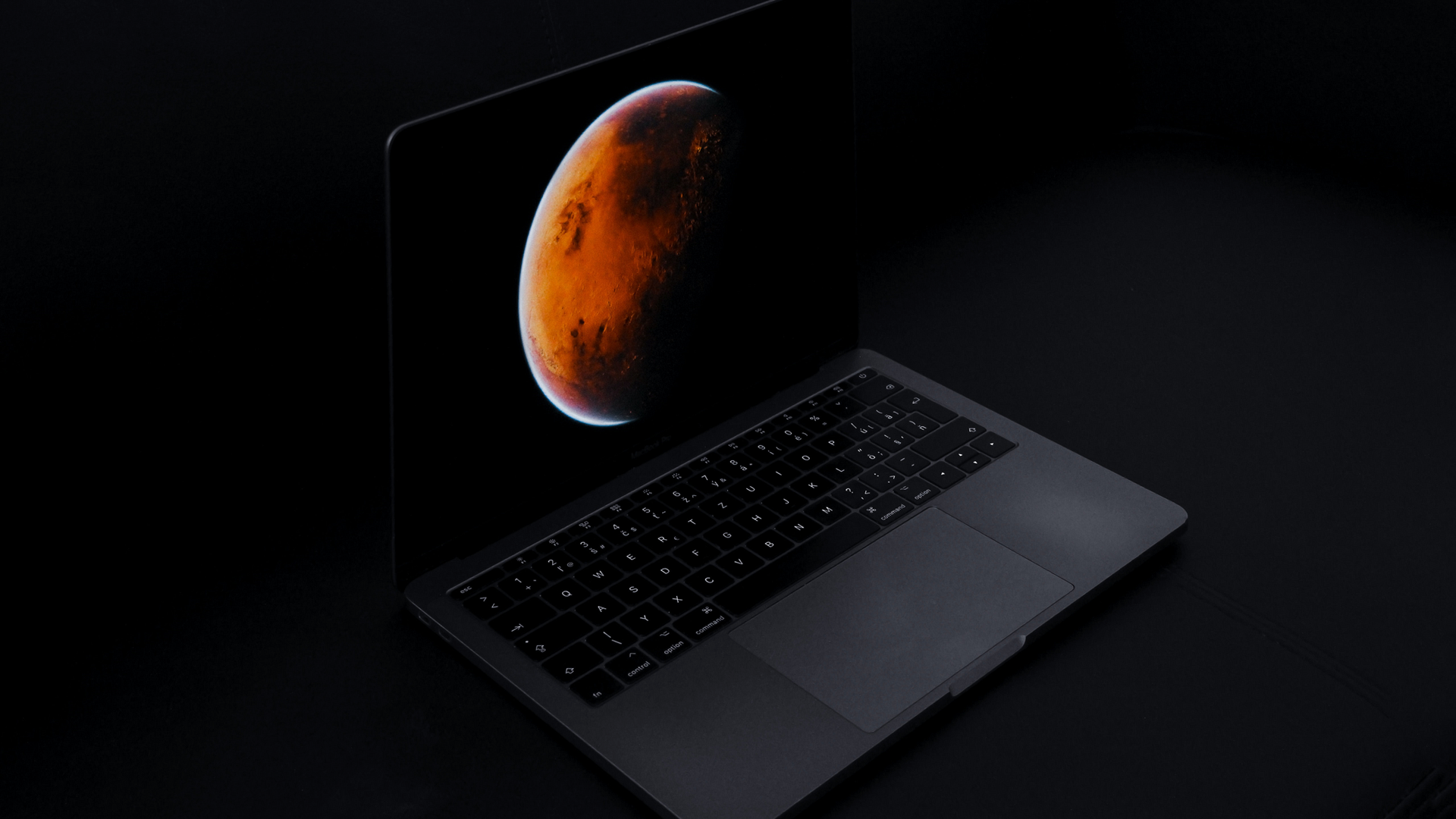Perseverance, NASA’s most sophisticated rover ever, is due to land on the surface of Mars on Thursday. This is your pre-event guide on what to expect and how to follow the mission throughout the year.
NASA’s Perseverance rover is just 48 hours from making its descent onto the surface of Mars on the 18th February 2021. $2.7bn metric tonnes of steel are currently hurtling toward the red planet at 12,000 mph – should go absolutely swimmingly with no hiccups, right?
It’s been seven months since we wrote about NASA’s rover kick-starting its 292 million mile voyage from the launching pad at Cape Canaveral Florida to the Red Planet. NASA’s experts initially said that Perseverance would likely touch down on Mars in mid-February and the predictions were spot on.
Oh we love it when a plan comes together.
Provided NASA manages to ground the thing without any major hitches on Thursday, Perseverance will begin searching for answers to one of our solar system’s big questions: was there ever any life present on Mars?
The rover will explore a giant crater known as the Jezero Crater – the site of what is believed to be an ancient lake that existed some 3.9 billion years ago – and will search for microfossils in the rocks and soil there.
3 days to go!
Are you ready for Feb. 18? Here’s everything you need for my #CountdownToMars:
📺 Watch Live: https://t.co/Q24DiF42q0
🧰 Toolkit: https://t.co/ZeUixOuMaV
🎫 Boarding Passes: https://t.co/P1ta0Ojq6T
📷 Photo Booth: https://t.co/kWoPobNNFM pic.twitter.com/Ut6JXP7b48— NASA's Perseverance Mars Rover (@NASAPersevere) February 15, 2021
How can I watch the landing?
We’ll start with the bad news.
While some were hoping to kick back and watch Perseverance land on a livestream (maybe with the Red Planet theme tune blasting?), unfortunately we don’t yet possess the technology to make that happen.
NASA, however, is inviting people to tune into its countdown and landing commentary, which will hopefully confirm that the SUV sized rover has safely landed in one piece.
Simply head to NASA’s official website, public TV channel, or its profiles on YouTube, Twitter, Facebook, and Twitch at 2:15pm ET on Feb 18th and bring your lucky charms along. For some level of visual representation, you can also follow the rover’s progress through a virtual experience of the landing.
Weeks after touch down, we’ll hopefully get to see glorious shots of Mars from the rover’s perspective and to hear local acoustic signals from its integrated microphones.
Join us on @twitch at 3p PT (6p ET/2300 UTC) to watch a live demo of @NASAPersevere's landing through our @NASA_eyes visualization. You’ll also get some of our experts, who will answer your questions on air and in the chat. https://t.co/bqNcodBj2Z pic.twitter.com/SUfjZVCXxO
— NASA JPL (@NASAJPL) February 12, 2021




















